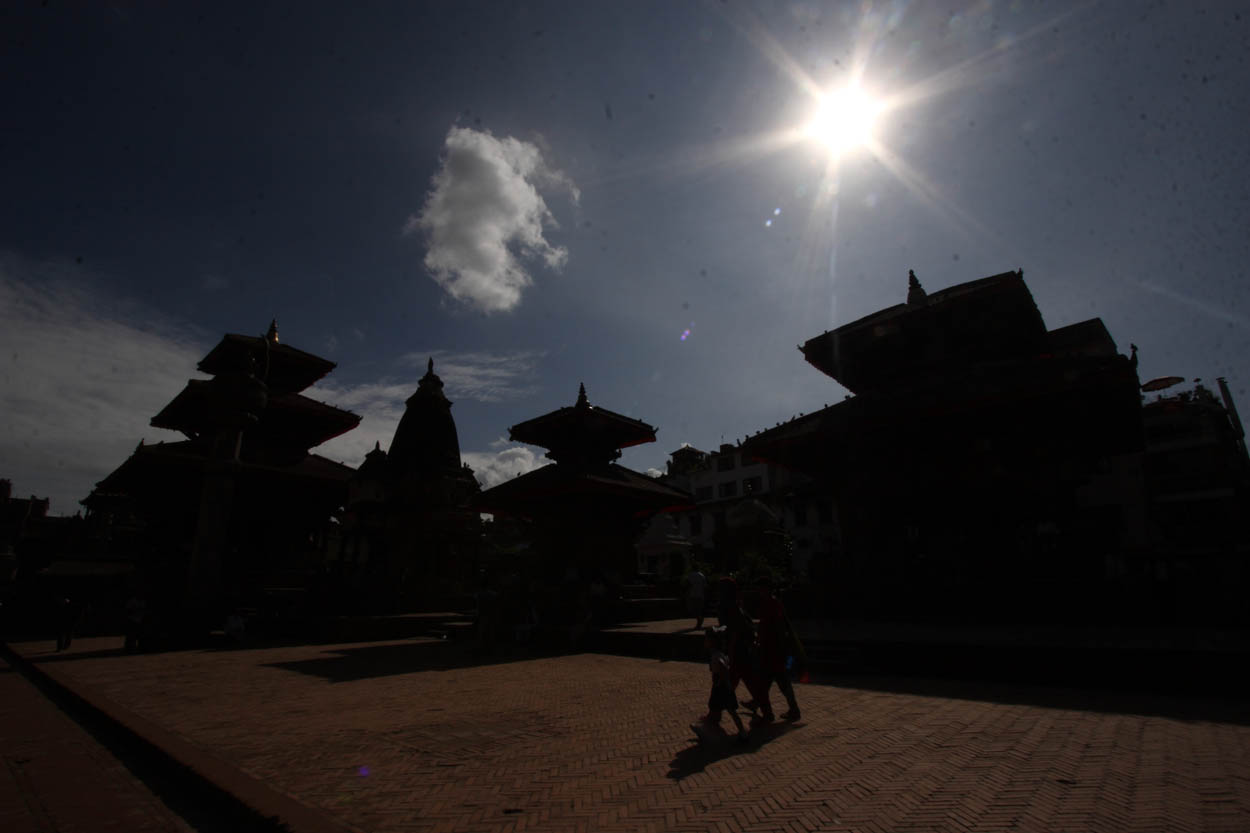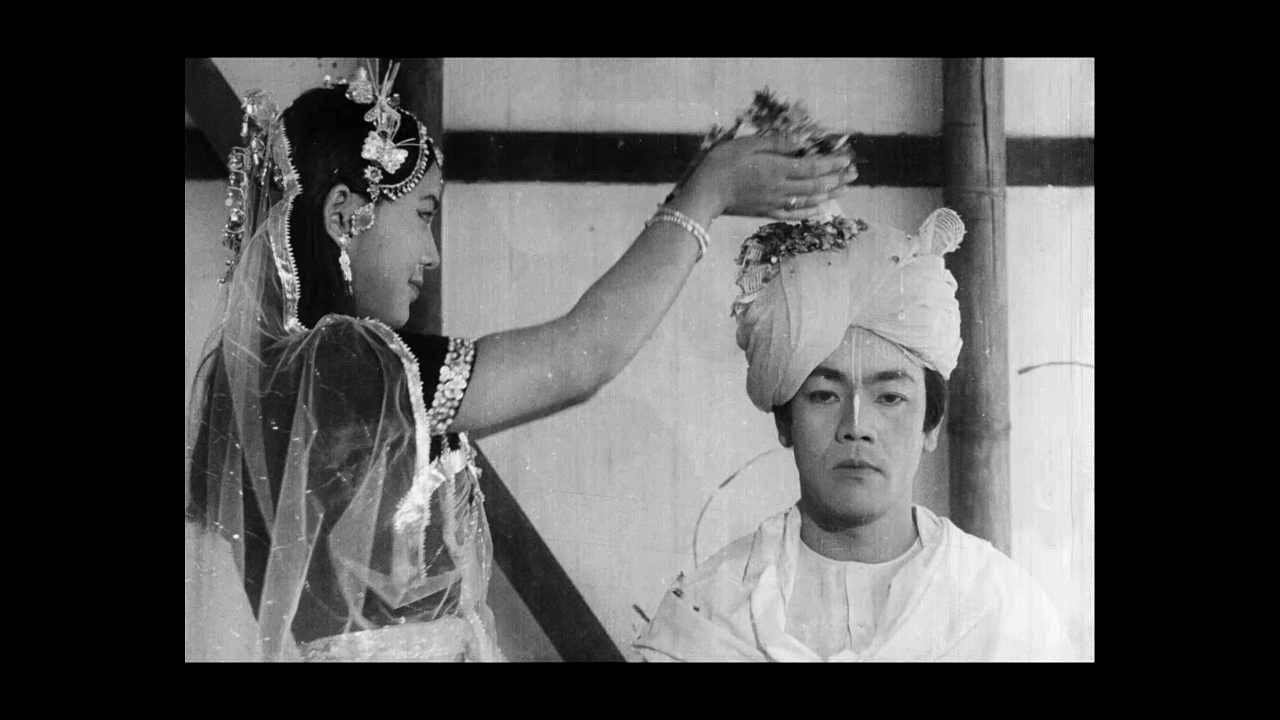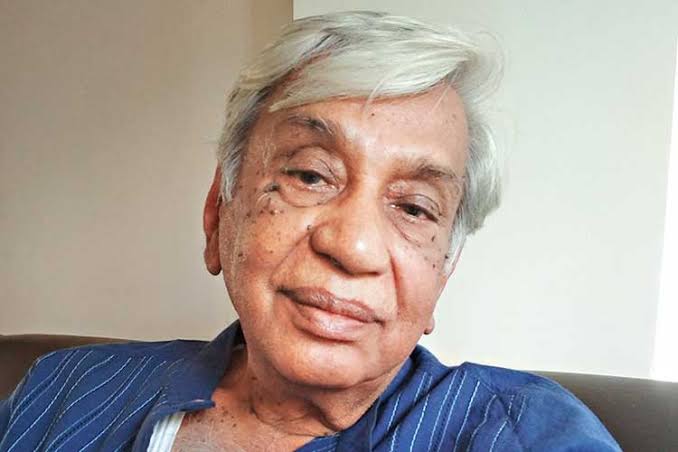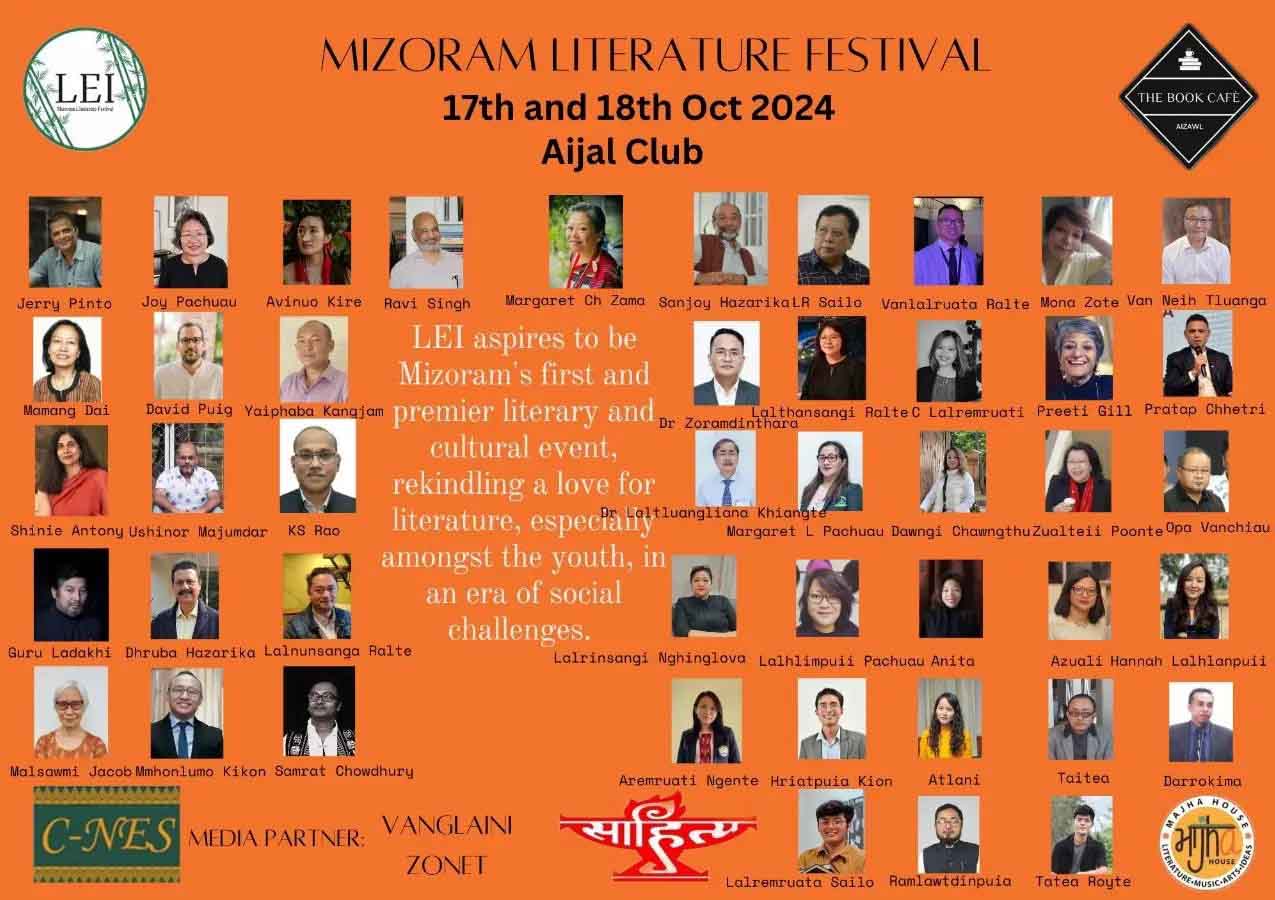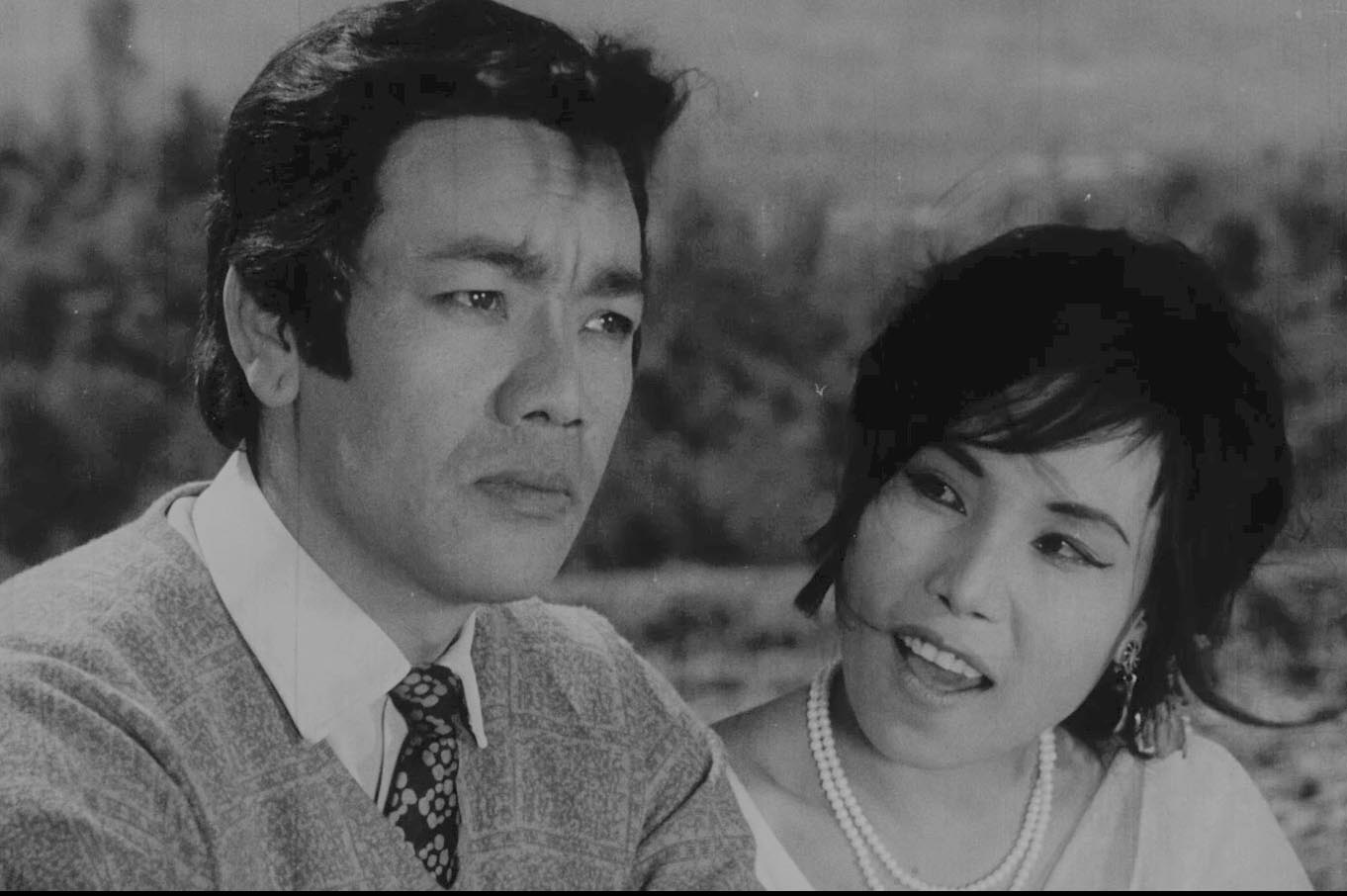This article was part of three travel stories written two decades ago after a series of conference-related trips to Kathmandu when an ethnic churning had begun to show up in Nepal, threatening to plunge the nation into the kind of turmoil competitive identity politics has brought to the Northeast region for decades now.
Nepal does not share a boundary with Bhutan, but the two kingdoms share a vexing problem. Bhutan since the mid 1980s have been pursuing an ethnic cleansing policy against the Nepali population concentrated in its southern province. As a result, there today over one lakh Bhutanese-Nepalis in refugee camps in Nepal. Bhutan government says the evicted Nepalis are recent migrants attracted by certain developmental projects during the 1980s and 1990s that needed huge, cheap, unskilled labour inputs. The Nepali migrants filled up this vacuum, but the Bhutanese claim they overstayed their hospitality. Up to the 1970s, Bhutan was lenient to its Nepali population, willingly and consciously absorbing them into the power structure of the country, but a sudden change of attitude became evident ever since, and this was prompted largely by a political foment amongst the educated Nepali population demanding the introduction of democracy in this tradition bound kingdom.
I must confess before hand that I have not been to Bhutan since my schooldays more than two decades ago, so these observations will tend to be inclined towards to the viewpoint of Nepal, where I had gone only recently to participate in an European Union sponsored media workshop, organised by five different NGOs from various SAARC countries. The sole participant from Bhutan in the workshop was a Bhutanese Nepali refugee in Nepal. But as somebody from a region which would in a non political sense include Bhutan as well, I am sure I would not be totally off the mark to attempt understanding Bhutan’s psychology behind its overtly xenophobic policy towards the Nepalis. It would in fact, I am certain, be the same energy that drove the six-year-long Assam Agitation against “foreigners” in the 80s and the recent move amongst certain quarters in Manipur to have the Inner Line Permit system re-introduced in the state, as in other northeastern tribal states like Nagaland, Mizoram and Arunachal Pradesh.
A rhetorical question should be able to underscore the issues involved pretty lucidly. Why would the Nagas who are in a majority in Nagaland be apprehensive of a few thousand Bangladeshis in Nagaland? The same question may be asked of the Mizos, or Meiteis. Or in a more distant context, what was the rationale behind the Singhalese who are in an absolute majority in Sri Lanka, to suddenly turn aggressively nationalistic and alienate their co-citizens the Tamils, sparking off the bloody insurrection now spearheaded by the LTTE? Why do we have so many majority populations around the globe which suffer from a minority complex? To understand the problem, it is essential not to study these problems in closed sets but in larger and more open contexts. Rather than the telephoto lens which narrows down angle of vision and looks for details, the wide angle lens with its larger field of view must be engaged to get a more comprehensive picture. For example, we are sure the Singhalese fear of the Tamils is not just of the Sri Lankan Tamils, but in the back of their minds the fear will have to do with the larger context of the Sri Lankan and Indian Tamils combined. In this larger set, the Singhalese would be reduced to a miniscule minority. It is interesting that the majority communities in all the other cases of “majority with minority complexes” there is a larger context in which the majority in the closed set is reduced to minority in the open set.
The Bhutanese fear of the Nepali population in Bhutan hence cannot be just about the Bhutanese Nepalis, but in the larger context of the Napali population corridor stretching from Bhutan, Assam, north Bengal and Nepal. In this new demographic region, the Bhutanese would be reduced to a negligible minority. Bhutan’s ruling and dominant community, the Ngalongs, hence would have every reason to interpret the demand for a share of the country’s power by an unqualified system of democracy which lays a premium on numbers as a dangerous ethnic affront on them. As it is the Bhutanese capital of Thimpu was losing contact with its southern districts where its Nepali population was concentrated. These districts were already having a closer affinity with the Nepali population in North Bengal and according to an observer, Kalimpong in Darjeeling was beginning to exercise greater influence over the region than Bhutan’s capital, Thimpu. Memories of the fate of Sikkim, where the indigenous ethnic communities were outnumbered by Nepali settlers and finally in what was a “democratic” referendum, Sikkim lost its independence and its original population marginalized hopelessly in the democratic power equation in their own erstwhile kingdom, would have added to the Bhutanese xenophobic paranoia.
A primer of the demographic profile of Bhutan should make this equation clearer. By and large, Bhutan’s population can be grouped into three distinct ethnic categories.
The Ngalongs are the ruling community and constitute 15 percent of the kingdom’s population. They are concentrated in the northern region of the country and are close racial cousins of the Tibetans.
The Losampas are Nepali speaking and are concentrated in the southern region of the country. They once constituted 45 percent of the country’s population.
The Shachops are of Tibeto-Burma linguistic group and are concentrated in the eastern region of the country and their population overlap with populations of western Arunachal Pradesh in India. They constitute roughly 40 percent of Bhutan’s population.
The total population of Bhutan being just about 7 lakhs, the vulnerability the Ngalongs would have felt at the changing demographic balance and growing demand for the introduction of democratic rule by numbers can well be visualized.
Bhutan’s way of settling its score has been brutal. In the last one and a half decade, the kingdom has been leaving a trail of brutal prosecution again the Losampas. In 1989 the government demanded all citizens to prove their citizenship. The drive was basically focused on the Losampas.
* It first asked all citizens to produce land records and land tax receipts for the year 1958. Its excuse for not having a backup of these records was that the country’s home ministry came into existence only in 1966.
*When this move failed to brand a good majority of the Losampas as non-citizens, it introduced “a one nation one people” decree whereby all citizen were required to prove their citizenship by demonstrating their intimate familiarity with the Ngalong language and culture.
But even this move failed to segregate many of the country’s Losampa population.
*It then, according to some Nepali refugees from Bhutan, went about intimidating the Losampas to “voluntarily” agree to migrate from the country. In stage-managed shows where terrorized Losampas were made to sign undertakings that they were leaving the country voluntarily and were paraded before publicity cameras accepting money from a “benevolent” government helping its citizens leaving the country. This strategy managed to force 60 percent of the Losampas out of the country.
*The government also calibrated its citizenship into seven categories. Only Class One citizens enjoyed all the guarantees reserved for citizens of the country. The rest, in ascending order of the grades were progressively deprived of these rights.
The country today follows the familiar policy of one country one people policy and to qualify to be a Class One citizen, every Bhutanese will have to be proficient in the Bhutanese national language, which is the Ngalong language, have to wear the national dress, be followers of the Bhutanese national religion which is Buddhism. Those who do not meet these requirements will be graded in descending order of their falling short of these qualities, into the other six categories of citizenship.
*The country as of now has no constitution, but it is in the process of drafting one. However, no transparency is maintained in the drafting process and it is feared it will cater to Ngalong interests only.



